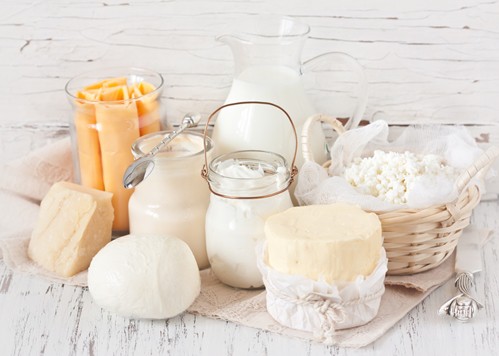Editor’s note: This content was last updated 3/11/24.
The Need for Pasteurization
A century ago, the significance and process of pasteurization eluded us, but today we recognize its indispensable role in dairy product handling. Pasteurization not only eliminates harmful organisms but also safeguards product integrity. By heating dairy products just below the boiling point, we effectively eradicate bacteria and organisms, ensuring our safety and preserving the product’s shape and flavor.
Different dairy products require specific heating temperatures, necessitating tailored equipment like shell and tube heat exchangers. Selecting the appropriate heat exchanger is crucial for achieving the necessary temperature variations. Learn more about designing shell and tube heat exchangers for sanitary dairy applications.
The primary objectives of pasteurization are twofold: ensuring products are safe for human consumption and enhancing overall product quality. With varying susceptibility to spoilage, pasteurization extends product longevity and freshness, crucial for dairy items with short shelf lives.
Critical Heat Treatment Methods
Heat treatment methods are indispensable in preparing dairy products for consumption. While heat treatment reduces bacterial pathogens and spoilage bacteria, it’s essential to maintain product safety even after pasteurization. Prompt packaging minimizes oxygen exposure, reducing the risk of harmful bacteria entering the product.
Different pasteurization methods, such as vat pasteurization and high-temperature short-time (HTST) processes, serve to eliminate pathogens and enhance product quality. By precisely controlling heat and timing, pasteurization maintains product shape and taste.
Pasteurization also significantly extends the shelf life of dairy items, ensuring their safety and palatability over an extended period. Without this process, many dairy products would have an impractical short shelf life.
In essence, pasteurization is the unsung hero of the dairy industry, safeguarding our health and preserving the delicious flavors we associate with dairy products. As consumers, we benefit from the science and care behind this essential process every time we enjoy dairy delights.
Enerquip’s Dairy Solutions
Enerquip has been providing sanitary process solutions to the dairy industry since 1985. If you’re in the market for stock or custom sanitary shell and tube heat exchangers, we invite you to contact us or request a quote today.

